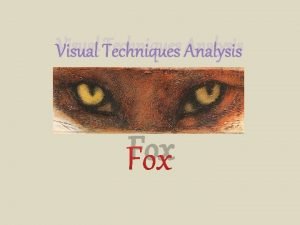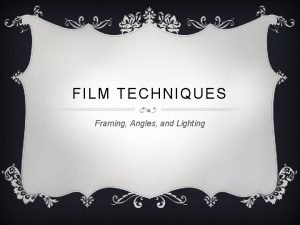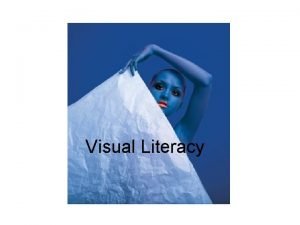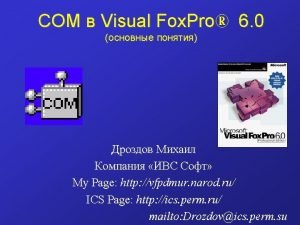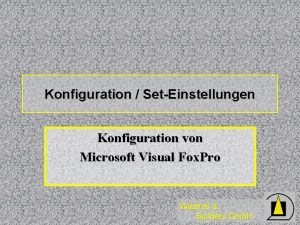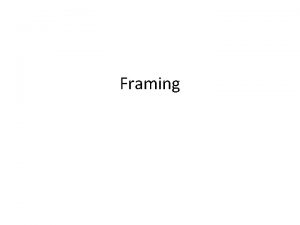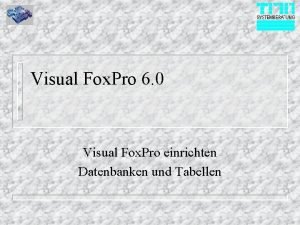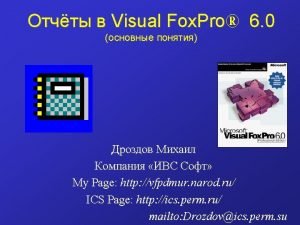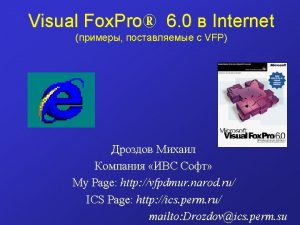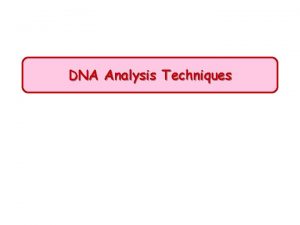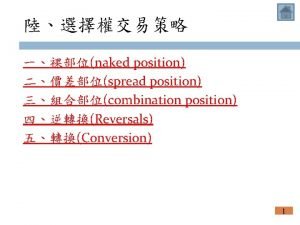Visual Techniques Analysis Fox FRAMING POSITION Direct the









- Slides: 9

Visual Techniques Analysis Fox

FRAMING /POSITION • Direct the viewer to the dog. • Emphasize a concept or feature, in this case, it emphasize the friendship between dog and magpie. • Create a salient image which the dog is the center- It is a distinct quality which makes some items stand out from their neighbours and immediately grab our attention.

COLOUR • Colour evokes moods and feelings, however cultural differences mean that something that is happy and uplifting in one country can be depressing in another. • The dark colour of the image create a sense of loneliness and isolation. • The dog which has a lighter yellow colour create a contrast to the background colour, which makes it standout.

BODY LANGUAGE • Body language express the emotion of the characters- dog and magpie are happy, joyful. Fox is strict and cunning. • Posture, gesture and facial expression give information about what people, and animals that behave in human ways, are thinking and feeling.

SYNERGY • Define as where the text and illustrations work together. • The image indicates fox runs fast and magpie could not even hold still, and the text below verify the point. • The text and image have cooperatively convey the message and communicated the idea of conflict by running away from dog.

VECTOR • Vectors are directions created in the image which force the eye to follow a particular direction, to point to a particular object or create salience. • By the direction of the gaze – this gives us information about what is going on between people or objects in an image. • In this image, the eye contacts connected fox and magpie, and by the facial expression, it implies magpie is horrified.

GAZE DEMANDS AND OFFERS • Throughout the picture book, gaze plays an important role, because eye contacts between characters implies and conveys messages, which also communicates the idea of conflict by the emotions. In the picture book, fox is always staring at magpie, and the response of magpie is worried and terrified. The unified effect of gaze is the emotion is shown by the eyes. • Looking directly at the viewer and making eye contact is called a demand. The character or participant is demanding something from the viewer. • Looking away from the viewer and not making eye contact is called an offer.

SIZE • Objects within the illustration may vary in size to establish and enhance the relationship between the viewer, the image maker and the page. Size also creates importance, emphasis or dominance. • Magpie is illustrate smaller to emphasize the cruelness of nature and the tininess of her, as well as to imply the message of helpless, isolation and loneliness.

JUXTAPOSITION • Juxtaposition is the placing of two or more people, or people and things side by side or close together. • It is used to emphasise, compare or contrast something. • It can also suggest a connection between things or to distinguish them. It creates an original, ironic or insightful meaning. • It can be physically or emotionally different, in the above image, it is an example of emotionally juxtaposition, which the dog and magpie are happy, but the fox is sad and jealous, happy juxtaposes to sad.



